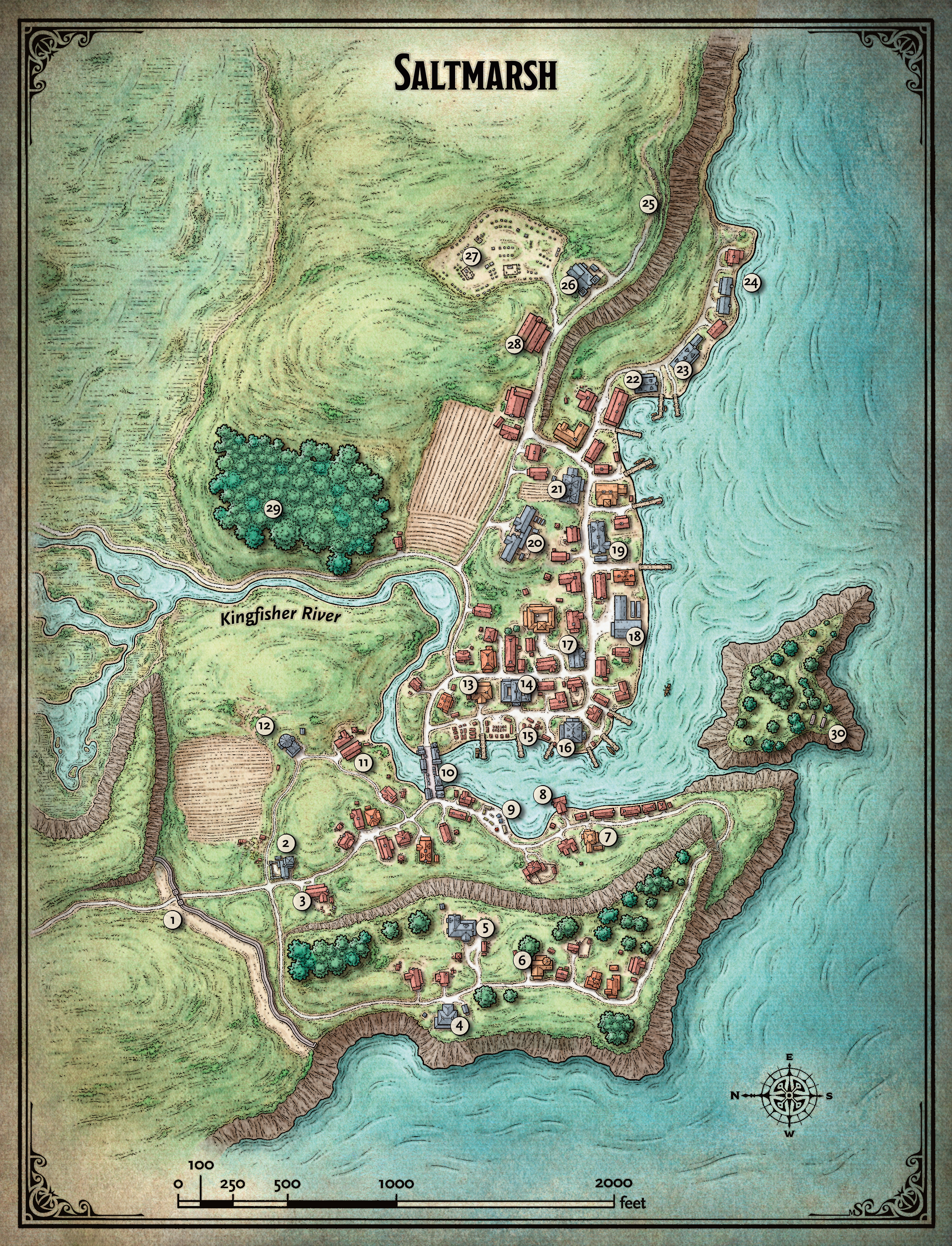I think the idea of Greyhawk's human-centric focus diminished in 3e, and I doubt the topic will be addressed specifically in 5e.
That said, I feel the notion of human centric design is a dying one. D&D copied it from Tolkien, which focused on human ascension as the fantasy races faded (the dwarves dying out, the elves retreating West) and the idea of humans as being less mechanically advantageous (no traits) but could achieve unlimited class advancement in any class are both more or less forgotten tropes. They were the two biggest reasons for human centric settings.
But personally I have always allowed weird options because fantasy is fantastical. As long as it's balanced.



